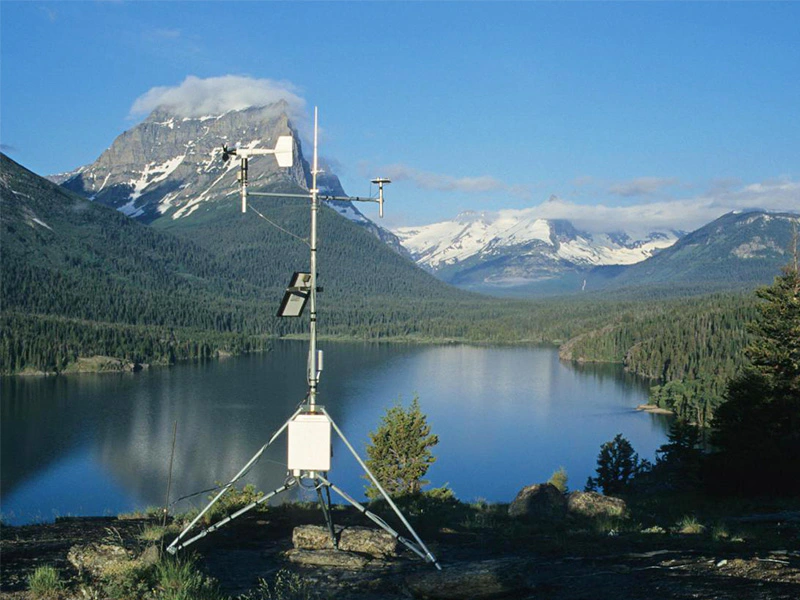
# Meteorological Station: Definition and Functions
## What is a Meteorological Station?
A meteorological station, also known as a weather station, is a facility equipped with instruments and devices designed to measure and record various atmospheric conditions. These stations play a crucial role in weather forecasting, climate research, and environmental monitoring by collecting data on temperature, humidity, wind speed and direction, atmospheric pressure, precipitation, and other weather-related parameters.
## Key Components of a Meteorological Station
A standard meteorological station typically includes the following instruments:
– Thermometer: Measures air temperature
– Hygrometer: Measures humidity levels
– Barometer: Measures atmospheric pressure
– Anemometer: Measures wind speed
– Wind vane: Determines wind direction
– Rain gauge: Measures precipitation amounts
– Pyranometer: Measures solar radiation
## Functions of Meteorological Stations
Meteorological stations serve several important functions in modern society:
### Weather Forecasting
The primary function of meteorological stations is to collect data that meteorologists use to predict weather patterns. By analyzing trends and comparing current conditions with historical data, forecasters can make accurate predictions about future weather events.
### Climate Monitoring
These stations provide long-term data that helps scientists understand climate patterns and detect climate change. Consistent measurements over decades allow researchers to identify trends in temperature, precipitation, and other climate variables.
### Agricultural Support
Farmers rely on weather station data to make decisions about planting, irrigation, and harvesting. Accurate weather information helps optimize crop yields and prevent weather-related losses.
### Aviation Safety
Airports maintain meteorological stations to provide pilots with critical weather information for safe takeoffs and landings. Data on wind shear, visibility, and other conditions are essential for flight operations.
### Disaster Warning
Meteorological stations play a vital role in early warning systems for severe weather events like hurricanes, tornadoes, and floods, helping to save lives and reduce property damage.
## Types of Meteorological Stations
There are several types of meteorological stations, each serving specific purposes:
– Synoptic stations: Provide comprehensive weather observations at standard times
– Automatic weather stations: Collect and transmit data automatically
– Agricultural weather stations: Focus on parameters important for farming
– Marine weather stations: Located on buoys or ships to monitor ocean conditions
– Upper-air stations: Use radiosondes to measure atmospheric conditions at various altitudes
## The Importance of Meteorological Data
The information collected by meteorological stations forms the foundation of our understanding of weather and climate. This data is used by various sectors including:
– Transportation (air, sea, and land)
– Energy production and distribution
– Construction and urban planning
– Tourism and outdoor recreation
– Emergency management and disaster preparedness
As technology advances, meteorological stations continue to become more sophisticated, providing more accurate and timely data that benefits society in countless ways.
Keyword: what is meteorological station